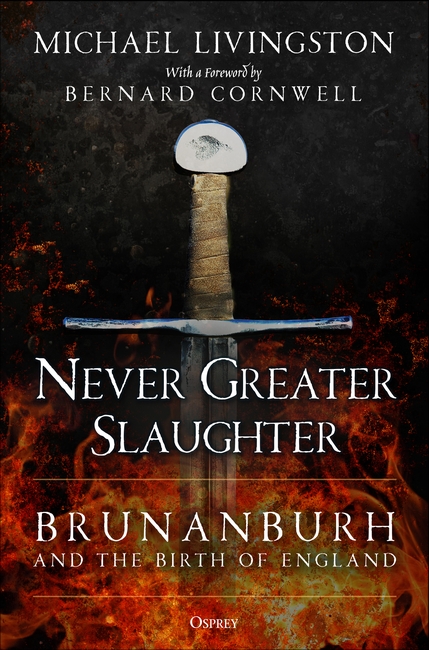Professor Michael Livingston is the author of Never Greater Slaughter: Brunanburh and the Birth of England, the remarkable story of a forgotten fight for England’s survival. In previous posts, he described what Brunanburh was and how the search for the site has begun to bear fruit. Today, he talks about his biggest question now …
Let’s say the arguments I put forward in Never Greater Slaughter, are correct, and that the artifacts found by Wirral Archaeology are proven to be genuine battle remains. Brunanburh has been found.
What would come next?
Firstly, the site must be preserved. Protecting the battlefield and its surrounds from the predations of modern man is essential. That means both the prevention of looting and the stoppage of development plans. Greed ensures that neither of these tasks is easy.
Secondly, partnerships must also be cemented between Wirral Archaeology and authorities in the field. Projects like this work best when the existing resource of local expertise is augmented by specialists who can help steer and speed the vast amount of work that lies before them.
Thirdly, money needs to be raised. The sooner the better. The studies that need to be done – not to mention the acts big and small required to preserve both the land and the artifacts – all come with price tags. I wish it wasn’t so, but there’s no denying the truth: understanding and safeguarding our history costs money. Often a lot of it.
All that is probably fairly obvious.
None of it, insofar as I know, will involve me.
So what will I be working on?
The next set of questions.
One of many for me is this: where were the Welsh?
I mentioned in my first post that what spurred me to engage with Brunanburh professionally was a colleague, John Bollard, mentioning the existence of little-studied Welsh sources talking about the battle. Perhaps the most important of these sources is a poem called Armes Prydein.
This Welsh poem appears to date from the immediate years leading up to the events of 937. In colourful language, it calls for the enemies of the English – not just the Welsh, but also the Scots and the Vikings and anyone else who’d had enough of the “shitheads from Thanet,” as it calls the English – to set aside their differences and band together in order to end the “foreign” English once and for all.
It calls, in other words, for Brunanburh.
And yet, when Brunanburh did happen in 937, there is no firm evidence that the Welsh were there on either side. That the battle happened on the Wirral – right on the doorstep of Wales – only serves to underscore the oddity. Where were the Welsh?
Several possibilities spring immediately to mind. (1) It might be that they were there but their presence went unmentioned in the sources that survived to reach us. (2) It might be that they recognized that Brunanburh would be a close-fought thing and they thought it best not to choose a side. (3) It might be that they’d already faced enough of Athelstan’s wrath that they didn’t dare fight him. (4) It might be that there were problems negotiating terms with the other allied leaders. (5) It might be that they were a part of the alliance, but their role was meant to engage after the main battle – cutting off the English retreat or distracting reinforcements with an engagement elsewhere. (6) Or it might be something else entirely.
We don’t yet know.
That doesn’t mean we can’t know, though. And the battle site being found – if it is found – will put us one step closer to answering this and so many other questions we have about this existential threat to England’s survival.
Never Greater Slaughter is just the beginning of the untold story of the Battle of Brunanburh.
Never Greater Slaughter publishes is out now. Get your copy from the website or Amazon today!



Comments
You must be logged in to comment on this post. Click here to log in.
Submit your comment